Pop quiz, class! Who can tell us what the psoas muscle is? Anyone? Anyone? Bueller? Nobody? That’s kinda what we thought.
But don’t worry, because this won’t be on the midterm. Also — practically no one knows much about this incredibly fundamental part of your anatomy, and we think it’s time that changes.
Since this oddly sounding and strangely spelled muscle happens to be one of the key muscles in your pelvic region, and an essential part of your core, it’s actually super important that fitness professionals educate their audience on this intriguing topic. And when you strengthen it properly with psoas exercises (not just stretches), you’re likely to feel less back pain, hip pain, and much stronger not just in the gym, but also in life. So break out those notebooks and number 2 pencils, and let’s dive right in!
What Is the Psoas Muscle?
The psoas muscle is a long, ribbon-shaped muscle located in your lower lumbar region. In case you aren’t an anatomy geek, lumbar = lower back. It connects several areas of your deepest core to those closer to the surface of your body. To be more specific, your psoas runs from your spinal column through your pelvis, and ends in the groin next to your front hip.
The psoas is one of the deepest muscles of the core, and works with surrounding muscles to facilitate movement of the legs and hips. It also assists in the function of your core and lower back. Often we are taught that the psoas is a hip flexor muscle, which is true, but it’s also a crucial component of the lower back and hips, which all make up your core. Might sound confusing, but we’re about to clear that up for you.
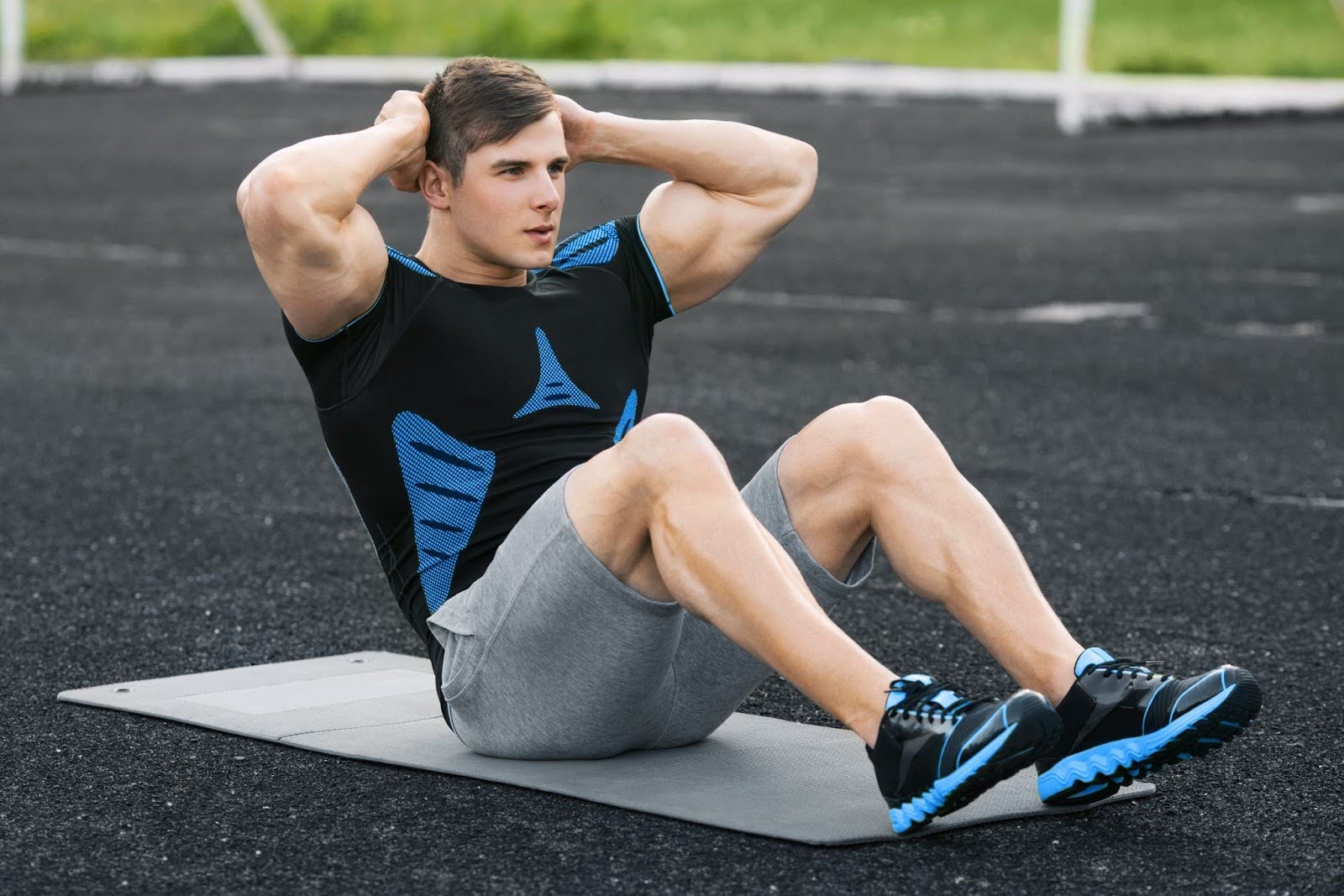
What Does the Psoas Muscle Do?
It all comes down to functional strength. Your psoas muscle is responsible for many movements, including:
Stability: Your psoas holds your back still when sitting down or standing up, preventing injury when making these movements.
Abdominal Strength: Your psoas helps you perform functional movements like pulling your deep abdominal muscles up and in to transition from a supine (lying down, face up) position into a seated posture, like a sit up.
Hip Movements: When you walk, climb stairs, or lift your legs in any way, you’re accessing your hip flexor muscles, which includes our subject – the psoas.
What Does a Weak Psoas Muscle Look Like?
Signs that you need psoas muscle exercises commonly look like hip injuries, upper leg soreness, and even lower back pain. If you’re having trouble sitting down for longer periods of time (as in while driving), standing upright for extended periods, or experiencing a stiff feeling while standing up or sitting down, you may be the victim of a weak psoas. This can easily be mistaken for tight hip flexors, which may not be false, but the majority of the time the solution is strengthening it rather than stretching it, since tight usually equals weak or under-active.
Psoas Muscle Releases
Now let’s talk about our favorite psoas muscle stretches and exercises. If you’ve been experiencing lower back or upper hip and glute pain, listen up. But even if you’re not, we definitely recommend introducing these psoas stretches into your daily training routine.
Disclaimer – Contracting a muscle directly releases the muscle on the opposite side of the joint, meaning we MUST contract the glute to properly release the psoas.
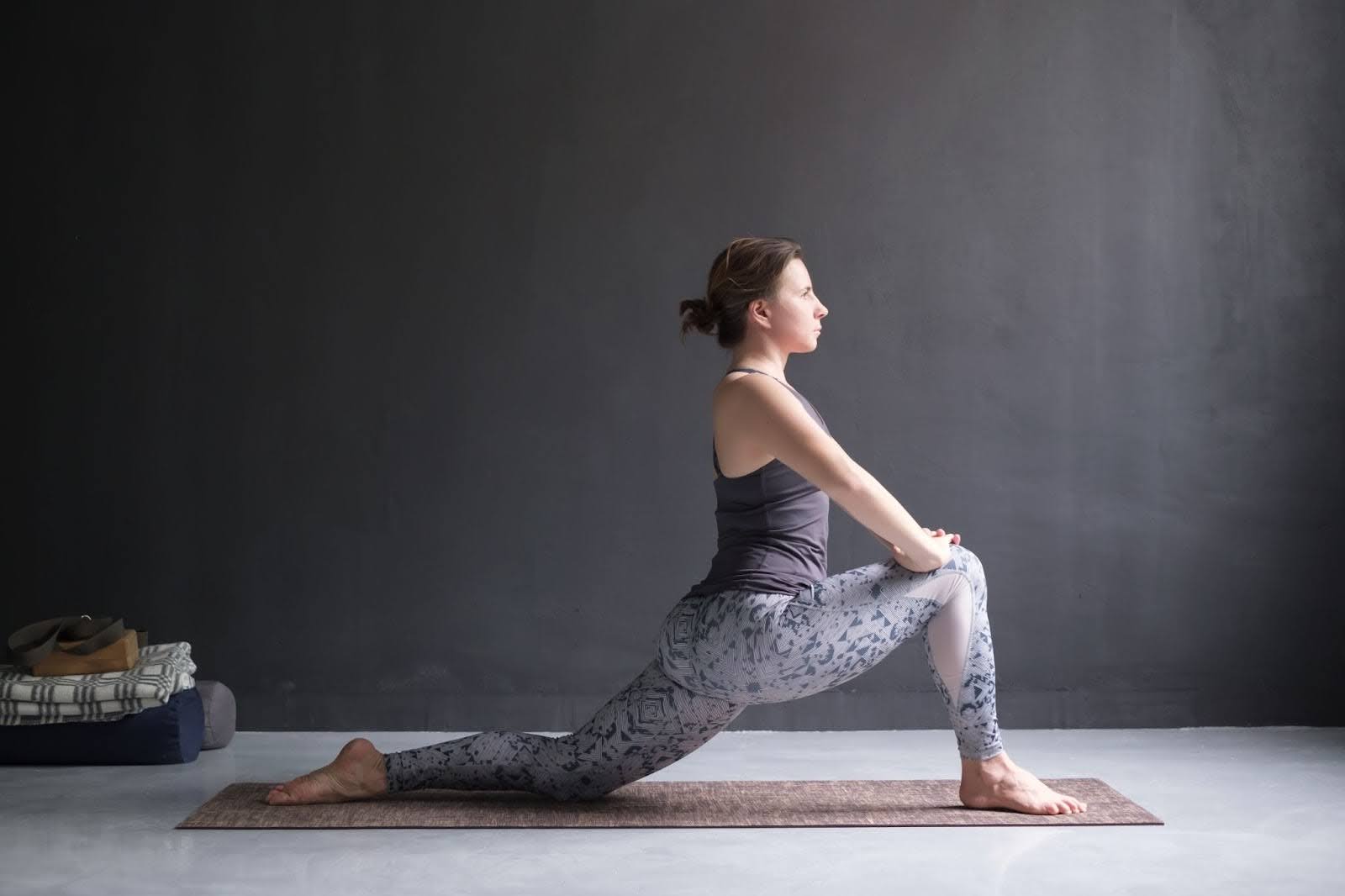
Kneeling Lunge
Our first psoas muscle release targets the area directly. Starting on your knees, place one foot in front of your body, and lean forward with your other knee on the ground behind you. Squeezing the glute of your back leg (crucial), lean into your hip and press forward. Think of tucking your pubic bone up towards your ribs to decrease the excessive arch in your lower back, and you are guaranteed (note how rarely we use that word) to feel a deep opening in the front of your hip.

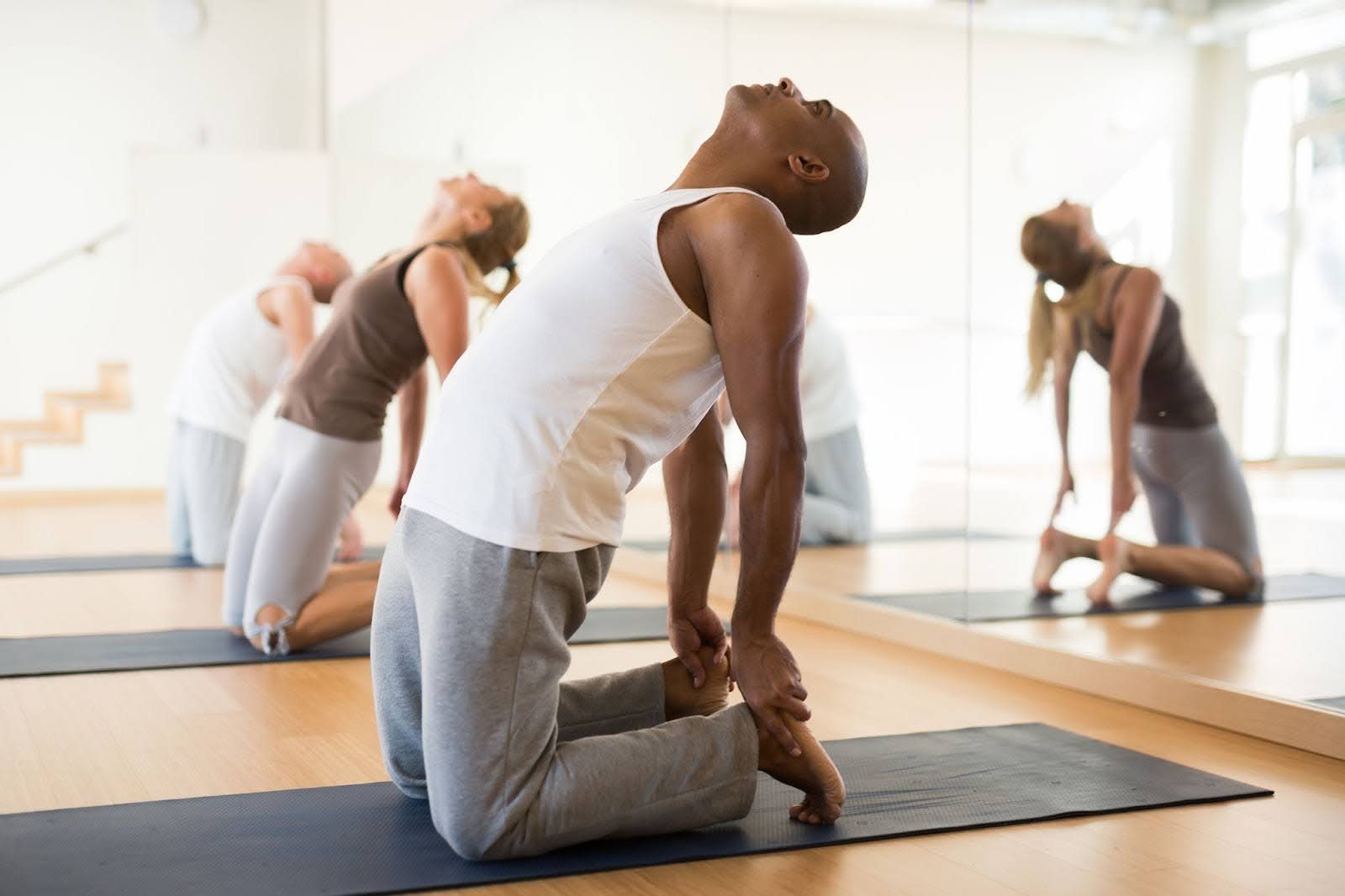
Camel Pose
Taking a page from the yoga textbook (one of the richest sources of psoas muscle stretches), we dive, or should we say backbend, our way through Camel Pose. Again starting on your knees, but in an elevated position, squeeze your glutes together then reach back slowly with your hands as far as you can without allowing the glutes to relax.
You want to open up your chest in this position, the result of which strengthens your lower back and opens your psoas muscle/hip flexors.
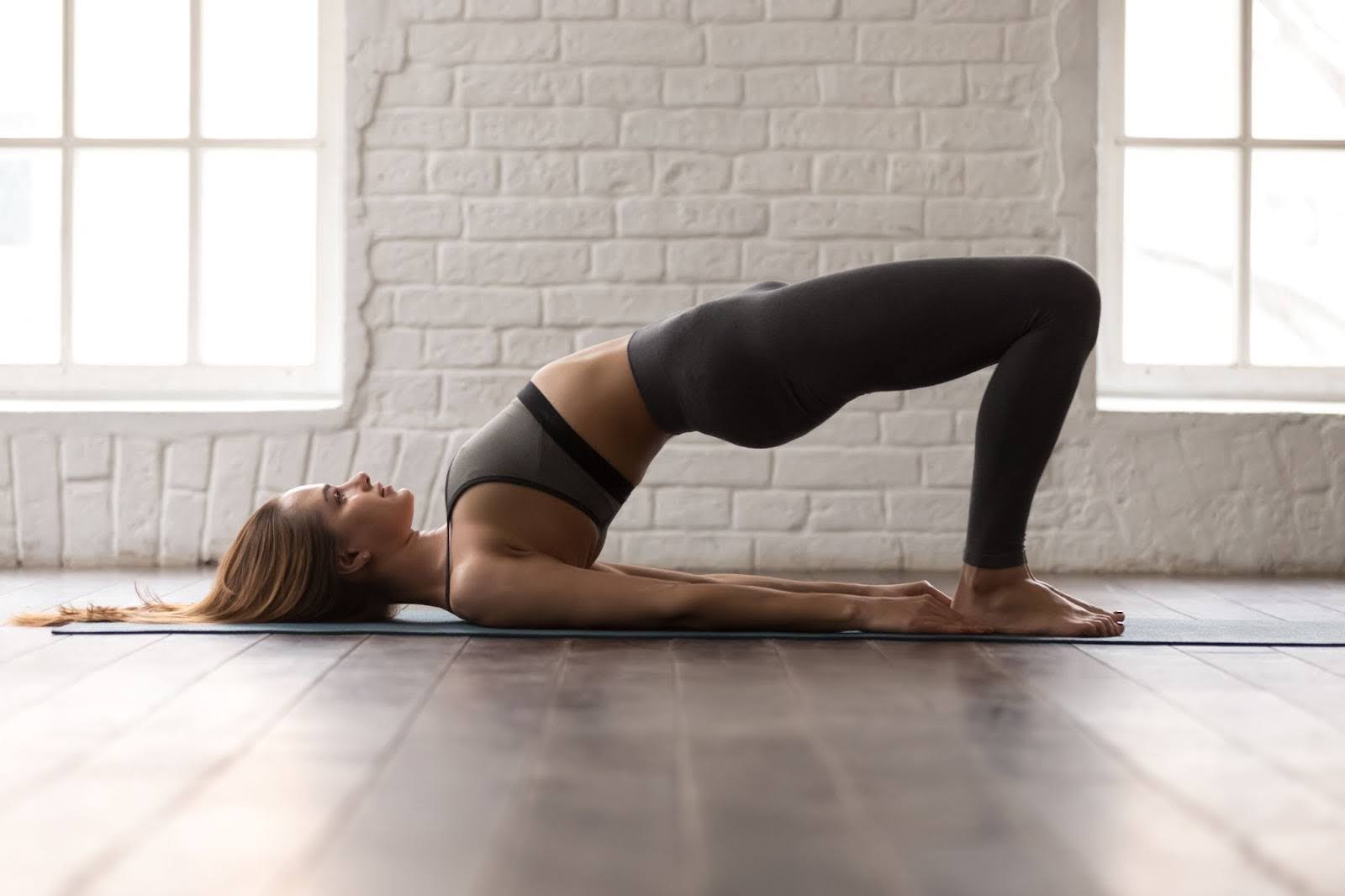
Glute Bridges
The Glute Bridge is another psoas muscle stretch that showcases your hips in full bloom. Starting lying down on your back, with your hands at your sides, slide your feet to the base of your glutes, and press your lower back up. The key is to form a straight(ish) line from the backs of your knees down to the tops of your shoulder blades. Try five of these for 20 seconds each.
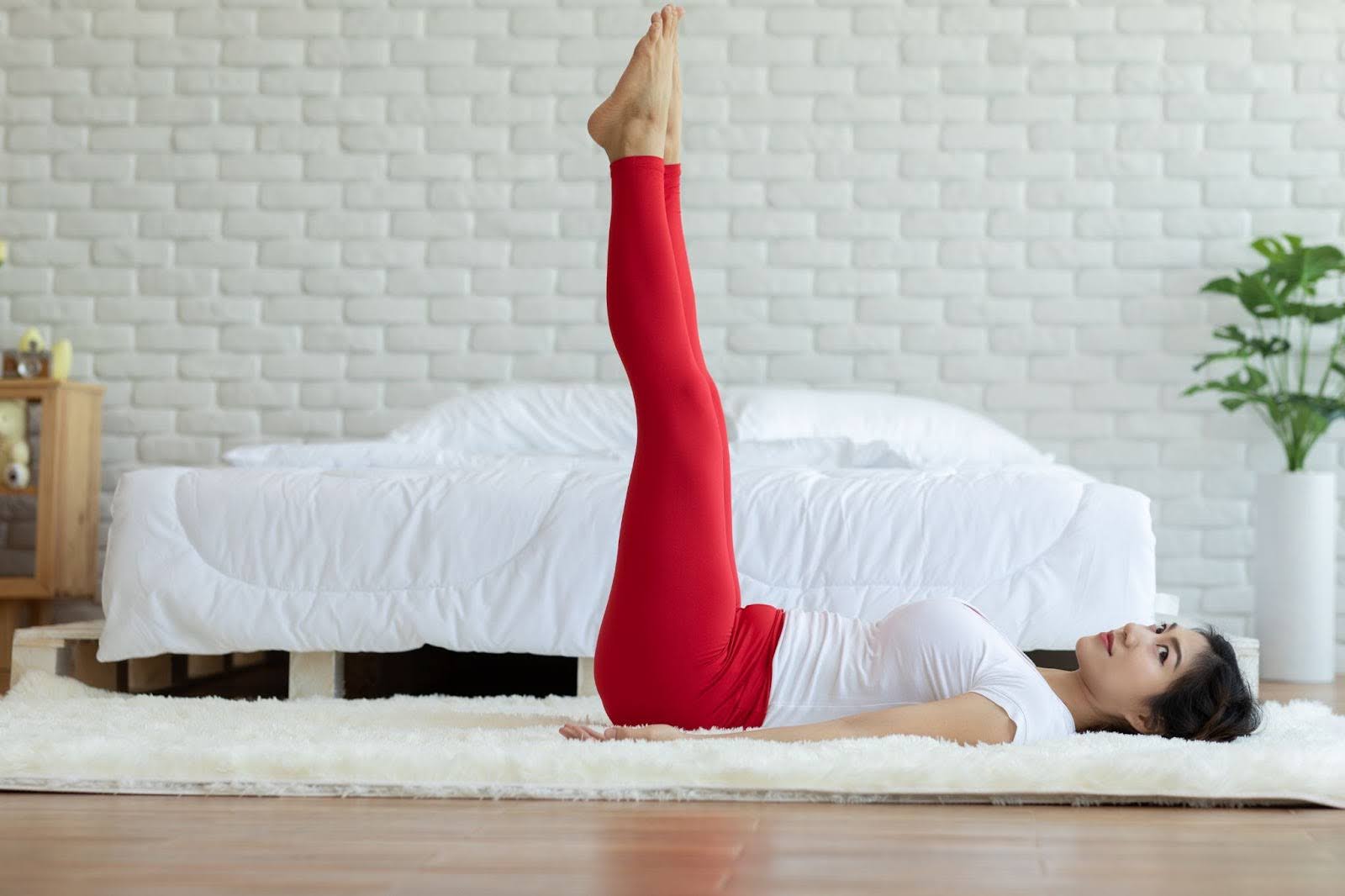
Straight Leg Raises
The mighty straight leg raise appears much easier than it is. But once you try it, you’ll know why we recommend it for a total psoas muscle training workshop in-and-of-itself. Laying flat on your back, with your hands at your sides on the floor, pull up your feet slowly using your hips and core muscles, until you form a 90° angle with your back. Bring your feet down slowly, while slightly curving your spine to keep your back comfortable. Try ten of these at first, then incrementally move up five repetitions as you become more skilled at the movement.
Well that’s it, class. You now have all the information you need to not only explain the importance of the psoas muscle to anyone you meet, but you also have valuable tools to keep your lower back, hips, glutes, and core muscles working at their best.
Looking for some more fitness education, or maybe you just wanna break a sweat all the time? Why not sign up for a 7-Day Free Trial with Studio SWEAT onDemand? We’ve got an encyclopedic collection of Yoga & Pilates classes, Ab & Core workouts, plus a bajillion other live and onDemand workouts guaranteed to work your entire body, psoas muscles included.
Sign up today, and we’ll give you all the extra credit you need — namely, a fitter life!









Comments - 0